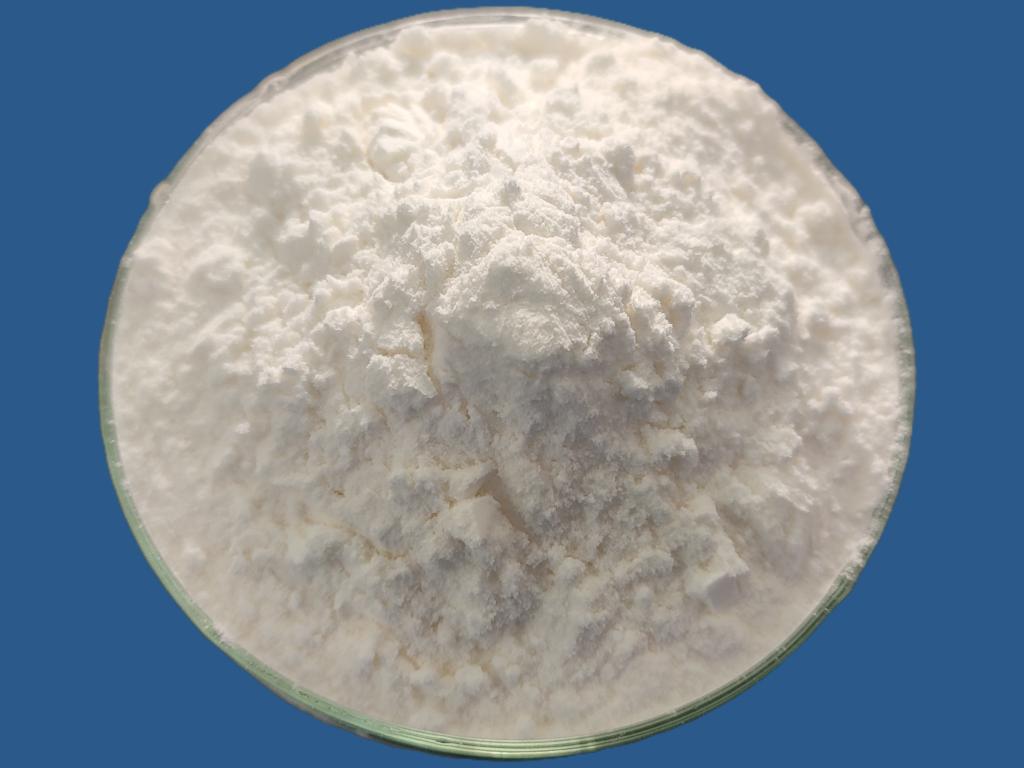Tel:+8618231198596

News
 CONTACT
CONTACT
 CONTACT
CONTACT
- Linkman:Linda Yao
- Tel: +8618231198596
- Email:linda.yao@dcpharma.cn
- Linkman:CHARLES.WANG
- Department:Overseas
- Tel: 0086 0311-85537378 0086 0311-85539701
News
Current Position:
Home >
News
>ε-Polylysine Hydrochloride: Paving the Way for a Safer and More Secure Food Future.
ε-Polylysine Hydrochloride: Paving the Way for a Safer and More Secure Food Future.
TIME:2023-11-03
The Imperative of Food Safety
The safety of the food supply chain is a global concern, impacting public health, consumer confidence, and the economic stability of nations. Foodborne illnesses, resulting from microbial contamination, have severe consequences. In response to these challenges, innovative solutions are sought to enhance food safety and security.
ε-Polylysine Hydrochloride: An Overview
ε-Polylysine is a naturally occurring antimicrobial polymer produced by certain strains of bacteria, most notably Streptomyces albulus. It consists of long chains of lysine amino acids and possesses unique antimicrobial properties.
2.1 Mechanism of Action
ε-Polylysine hydrochloride functions through the disruption of microbial cell membranes. The positively charged ε-Polylysine molecules attach to the negatively charged components of the cell membrane, leading to its disruption. This disruption results in the leakage of cellular contents and, ultimately, cell death. The selectivity of this mechanism targets harmful microorganisms while sparing beneficial ones, making ε-Polylysine a safe and effective antimicrobial.
2.2 Selective Activity
One of ε-Polylysine hydrochloride's notable advantages is its selective activity. It primarily targets pathogenic microorganisms, leaving beneficial bacteria unharmed. This selectivity is vital in maintaining the overall balance of the microbial ecosystem.
Applications in Food Safety
ε-Polylysine hydrochloride has been found to be a valuable addition in various food safety applications:
3.1 Food Preservation
ε-Polylysine hydrochloride is widely used as a natural preservative in a variety of food products, including meat, dairy, baked goods, and beverages. It effectively inhibits the growth of spoilage and pathogenic microorganisms, extending the shelf life of these products.
3.2 Food Packaging
Innovations in food packaging have led to the incorporation of ε-Polylysine hydrochloride in antimicrobial packaging materials. This technology helps prevent microbial contamination during storage and transportation.
3.3 Fresh Produce
The application of ε-Polylysine hydrochloride in the preservation of fresh produce has gained attention. By inhibiting the growth of bacteria, yeasts, and molds, it can help extend the shelf life of fruits and vegetables, reducing food waste.
3.4 Aquaculture
In aquaculture, ε-Polylysine hydrochloride can be used to ensure the safety of fish and seafood products. It helps control bacterial contamination, ensuring the production of safe and high-quality seafood.
Positive Impact on Food Security
The adoption of ε-Polylysine hydrochloride in food safety efforts can have a significant impact on food security:
4.1 Reduction of Foodborne Illnesses
By effectively inhibiting the growth of pathogenic microorganisms, ε-Polylysine hydrochloride helps reduce the risk of foodborne illnesses. This reduction contributes to the overall safety of the food supply chain.
4.2 Extension of Shelf Life
The ability of ε-Polylysine hydrochloride to extend the shelf life of food products can help reduce food waste, improving resource utilization and food availability.
4.3 Preservation of Nutritional Quality
The preservation of food safety and extended shelf life also ensures that the nutritional quality of food products is maintained. This is particularly important in addressing malnutrition and food security challenges.
4.4 Sustainability
The reduction in food waste associated with the use of ε-Polylysine hydrochloride promotes sustainability by conserving resources, reducing greenhouse gas emissions, and addressing global food security issues.
Challenges and Future Prospects
While ε-Polylysine hydrochloride holds significant promise in enhancing food safety and security, challenges exist in its widespread adoption. These challenges include regulatory approval, cost considerations, and consumer acceptance. Future prospects for ε-Polylysine hydrochloride in food safety include further research and innovation to optimize its application, expand its usage, and address challenges related to cost and regulatory compliance.
Conclusion
ε-Polylysine hydrochloride is a remarkable innovation in the quest for safer and more secure food. With its unique mechanism of action, selective activity, and diverse applications in food safety, it offers a potent solution to the challenges that foodborne illnesses and contamination pose to global food security. By reducing the risk of foodborne illnesses, extending the shelf life of food products, and preserving nutritional quality, ε-Polylysine hydrochloride contributes to a more sustainable and secure food future. Its continued development and adoption can help address the urgent need for safe and reliable food supplies across the world.
- Tel:+8618231198596
- Whatsapp:18231198596
- Chat With Skype







